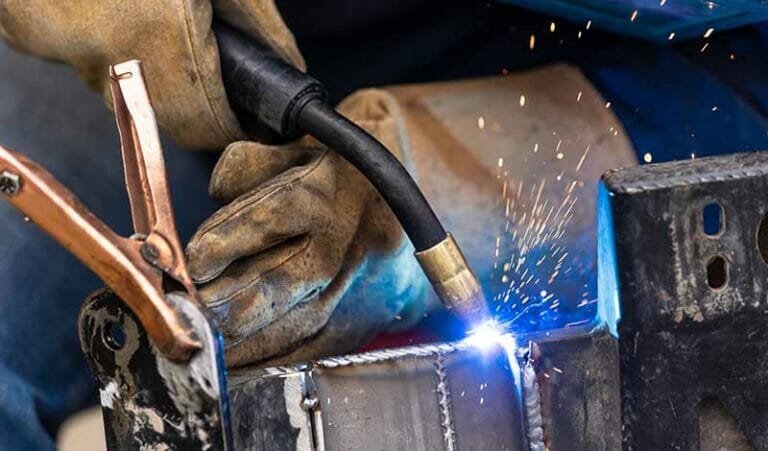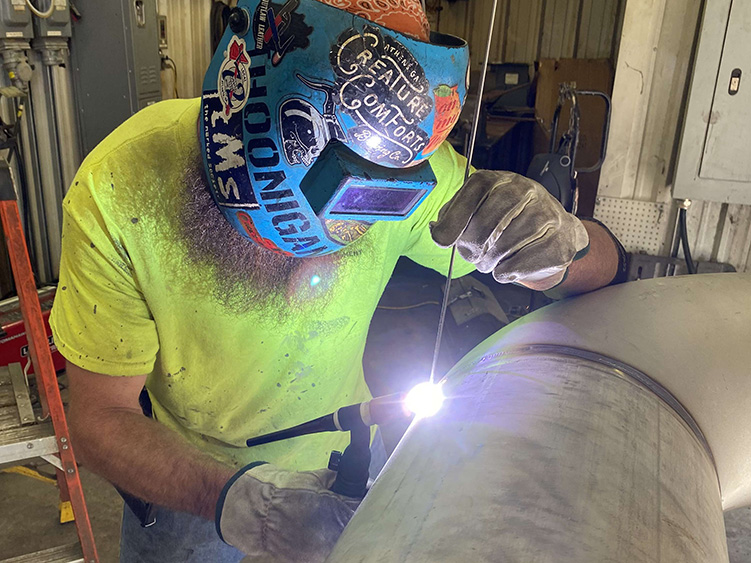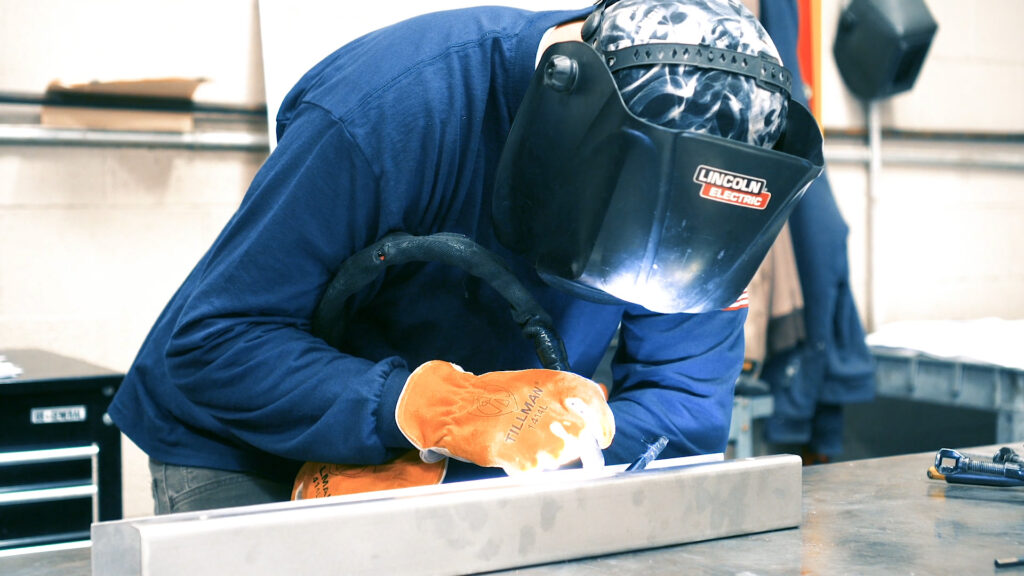
Welding is key to joining metal parts in construction and manufacturing. But not all welding methods are the same. Two of the most common types are flux core welding and MIG welding.
In this guide, we’ll compare flux core vs MIG welder options. You’ll learn the pros, cons, and best uses for each. By the end, you’ll know which welding method is right for your project.
Flux core welding uses a tubular welding wire called flux-cored wire. This wire is filled with flux, which protects the weld from contamination. It creates a shield as the wire melts—no external shielding gas needed.
There are two types of flux core welding. Self-shielded FCAW works well outside in windy areas. Gas-shielded FCAW uses extra shielding gas and is better for indoor welding jobs.
Flux core MIG welders are popular because they are easy to use and work well in many settings. They’re great for beginners and pros alike.
MIG welding, short for Metal Inert Gas welding, uses a solid wire and an external shielding gas. The gas protects the weld pool from air that could cause problems. This method works best indoors.
A MIG welder uses a continuous solid wire that feeds through a welding gun. As the wire melts, it forms the weld. MIG welding gives you clean, smooth results with very little cleanup.
This process is ideal for lighter jobs that need speed and precision. Many welders like MIG because it’s easy to learn and gets great results fast.

Shielding gas is used in MIG and some flux core welding jobs. It helps protect the molten metal from air that could make the weld weak. The gas you choose depends on your project.
CO₂ is the most common gas. It gives deep weld penetration and is very affordable. But it can be too harsh for metals like stainless steel.
Mixing CO₂ with argon makes the weld cleaner and easier to control. For welding stainless steel, a mix of argon and oxygen works best. This mix prevents corrosion and makes stronger welds.
Flux core welding is great for heavy-duty projects. It offers deeper weld penetration, which makes it ideal for thick metal pieces. It also works well outside because you don’t need extra shielding gas.
Since there’s no gas tank, a flux core MIG welder is easy to move around. This makes it perfect for jobs in the field or on-site. Beginners also like how simple it is to use.
This type of welding is very flexible. You can use the same machine for both flux core and MIG welding with just a few changes.
MIG welding is fast and clean. The solid wire and shielding gas make smooth welds with little mess. There’s no slag to clean, so you save time.
It’s great for lighter metals and projects that need a polished finish. MIG welding offers better visibility, making it easier to control the weld.
It’s also budget-friendly. Solid wire costs less than flux-cored wire. And since MIG welders are easy to use, you don’t need much training to get started.

When choosing between a flux core vs a MIG welder, think about what you’re working on. Flux core welding is best for thicker metals and outdoor jobs. MIG welding is better for cleaner, more precise work.
Use flux core MIG welders if you’re working with stainless steel or doing outdoor repairs. Use MIG welding for projects with mild steel where shielding gas won’t be an issue.
Also, consider location. If wind is a concern, flux core welding is more reliable. For indoor jobs with solid wire and clean results, MIG is the clear choice.
At PEC, we offer expert welding services to match any need. Whether you choose a flux core MIG welder or prefer MIG welding, our team is ready to help. We know how to match the right tools and techniques for the best results.
We work with stainless steel, solid wire, and all types of welding wire. Our team is trained, experienced, and focused on safety and quality.
Ready to get started? Contact Process Equipment and Controls today. Let’s find the best welding solution for your next project.